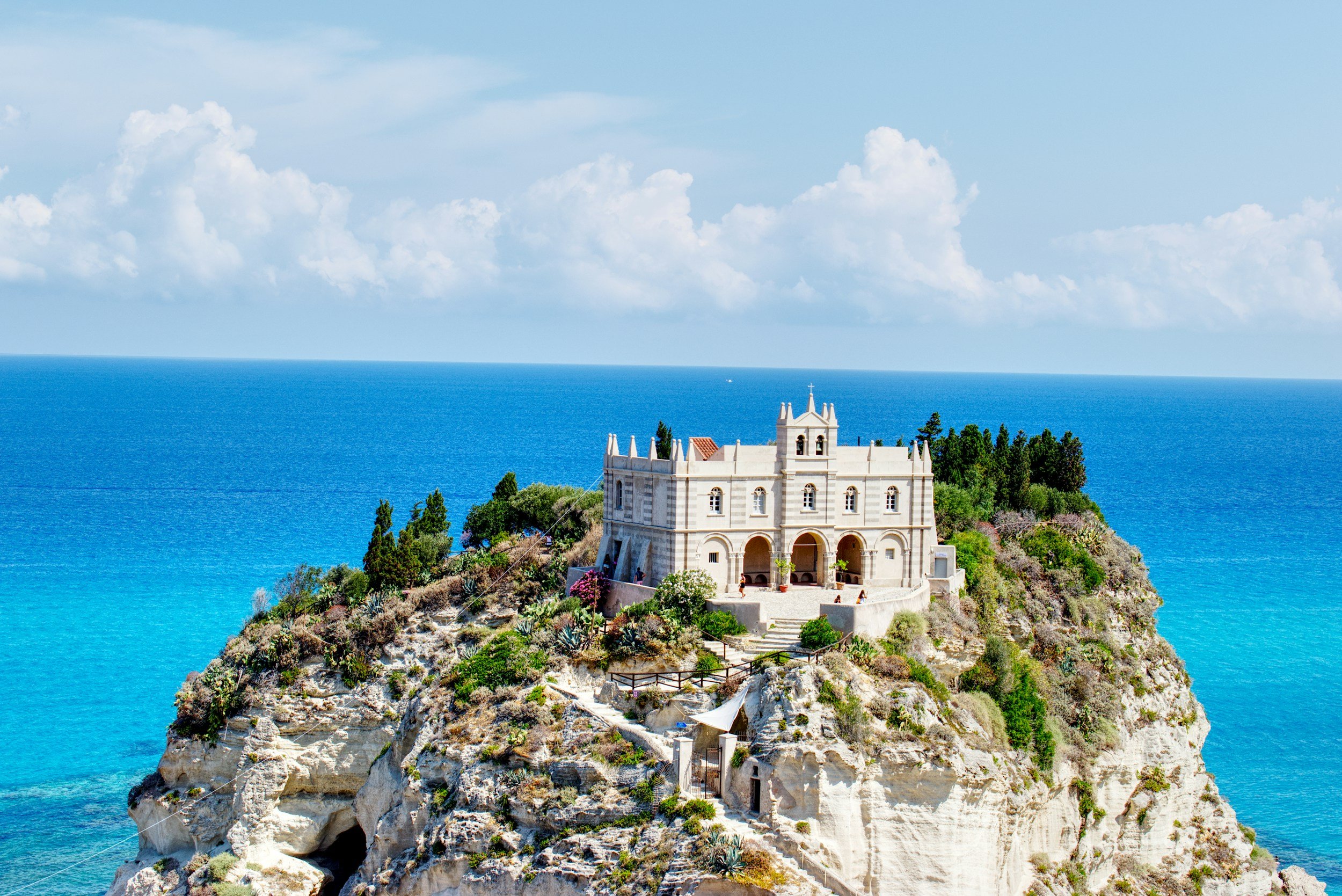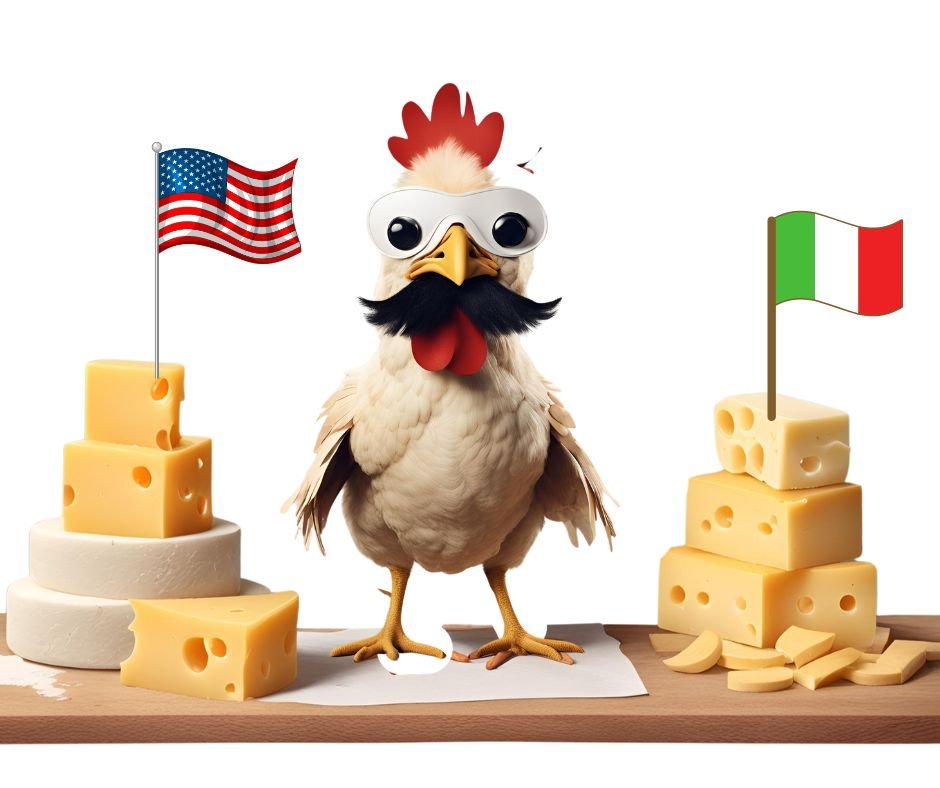Tale of Two Cultures: Unveiling the Rift Between Italian Americans and Italians born and raised in Italy
Italian Americans
Italians have made an unforgettable impact on American society, leaving their mark across various fields such as movies, infrastructures, sports, cuisine, and beyond.
From their vibrant traditions to mouthwatering cuisine, Italian-Canadians and Italian-Americans have become an integral part of the Northern American fabric. Yet, since their initial arrival in the 19th century, subsequent generations of Italians residing in on this side of the world have gradually become distinct from those who remained in Italy.
Now, despite sharing a common heritage, notable differences persist between Italian Americans and their counterparts born and raised in Italy. This article aims to shed light on these distinctions, providing glimpses into the unique realities and experiences of both groups.
1. Language and Communication
One of the most apparent differences is in language. Italian Americans, often several generations removed from their ancestral homeland, predominantly speak English. Why did this happen? Arguably they first rejected their mother tongue over a climate of hostility they found in North America mainly after WW2.
While many maintain proud ties to their Italian roots and possess varying degrees of proficiency in the language, few are fluent speakers. They often reclaim their Italian ancestry by saying that their Italian blood is enough to make them Italians. But can blood alone define a national identity? Can anyone guess people’s cultural traits and social customs by solely looking at their blood?
Undoubtedly, language is the primary component of a person's identity. If someone doesn't speak American-English, are they still considered a true-blue American? Italy-born Italians naturally speak Italian as their native tongue, deeply rooted in the country's rich linguistic traditions. This disparity in language provides a unique lens to understanding differing cultural expressions and connections between the two groups.
2. Cultural Heritage and Identity
Italian Americans often retain a strong sense of cultural heritage, proudly celebrating Italian traditions and customs.Although their heritage is Italian, their cultural identity seems to be more influenced by American society than present-day Italian culture. As a result, they blend their Italian roots with the diverse tapestry of American culture. This fusion gives rise to a distinct cultural identity – an Italian-American hybrid, more nostalgic of the past, more conservative, characterized by a passionate love for pasta, boisterous family gatherings, and, of course, an enduring fondness for "The Godfather" films.
For Italy-born Italians, their cultural heritage encompasses the entire fabric of their lives. Deeply connected to their homeland, these individuals embody the essence of centuries-old Italian tradition and values. The rhythm of their lives revolves around regional customs, ceremonies, and culinary delights unique to their particular locality. The distinction lies in the breadth of cultural immersion, where Italy-born Italians inherit the depth of the Italian way of life.
3. Relationship to Cuisine
Italian cuisine holds an iconic place within the culinary world, influencing countless global food trends. While Italian Americans have introduced their version of Italian cuisine to the United States and various other nations, it often bears the imprint of American tastes. Hearty portions, creative adaptations, and fusion dishes have become hallmarks of Italian-American cuisine. This free interpretations has at times withered the variety and abundance of Italian cuisine - read A Regional Guide to Italian Christmas Dinners - So Much More Than Seven Fishes.
On the other hand, Italy-born Italians adhere closely to Mediterranean traditions, cherishing artisanal techniques, locally sourced ingredients, and time-honored recipes. Their reverence for simplicity and purity in flavors remains intact, setting their cuisine apart with its regional diversity and delicate balance.
4. Lifestyle and Social Values
The American dream has shaped the Italian-American experience. Italian Americans have embraced the opportunities of the United States, prioritizing hard work, upward mobility, and personal success. They often cherish their close-knit families while maintaining an individualistic mindset, fostering a balance between assimilation and preservation of their Italian roots.
Italy-born Italians tend to place a higher premium on work-life balance, valuing family, leisure, and communal harmony. Their lifestyle revolves around extended family networks, relaxed social gatherings, and the appreciation of simple pleasures. Community bonds and an appreciation for the art of savoring life are deeply ingrained in their social values.
Conclusion
As this exploration of Italian Americans and Italy-born Italians reveals, the passage of time, distance, and differing cultural contexts have created notable distinctions between the two groups. While Italian Americans embody a unique blend of Italian heritage and American identity, Italy-born Italians retain a profound connection to their homeland's traditions and customs. Understanding and appreciating these differences not only enriches our knowledge of Italian culture but also celebrates the diverse expressions of identity within a broader global tapestry
Embark on a language learning journey that’ll transport you to the heart of Italy











